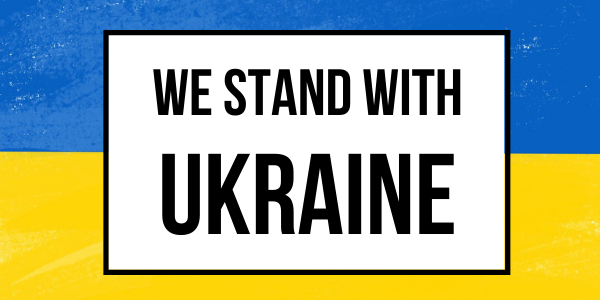Title:Coordination the key to improving Federal Veteran Employment and Training Programs
Author:Ron Rutherford, TAOnline
Date:January 2013
Source:TAOnline
New GAO report raises questions about effectiveness
Six federal veterans' employment and training programs serviced nearly 900,000 participants at a cost of more than $1-billion dollars in fiscal 2011, offering similar services, but largely targeted to different groups. Despite this effort, the unemployment rate for recently separated veterans is higher than that of the civilian population. And with the wars in Iraq and Afghanistan winding down, the number of service members transitioning to the civilian workforce over the next 3-5 years is expected to increase.
The December, 2012 General Accounting Office report focused on the variation in services from the six programs, coordination between the six programs, and success of the six programs. The Department of Labor (DOL) overseas five of the programs and the VA administers one. The effectiveness of new DOD efforts to assist transitioning military were not reviewed in this report, but were discussed as part of the current lack of coordination.

The report shows how the six programs generally offer similar types of services, but they largely service different veteran populations.
- TAP: transitioning service members and their spouses;
- Homeless Veterans' Reintegration Program: homeless veterans; and
- Vocational Rehabilitation Program: service-connected, disabled veterans.
While remaining programs service a broader group of veterans, the DOL wants to eliminate the Veteran's Workforce Investment Program (VWIP) due to the increasingly high cost per placement into employment for program participants.
The expanding DOD employment assistance to National Guard and Reserve members does not have service agreements with DOL or VA programs beyond access to TAP. DOD contends these programs are necessary for Guard and Reserve members because they may not meet DOL or VA veteran status requirements. And while the DOD, DOL, and VA programs may offer similar services, there are no interagency agreements coordinating these efforts, which the GAO report contends leads to a duplication of services.
The 59-page report makes four recommendations:
- The DOL and VA should offer additional guidance to state agencies implementing the federal programs
- The DOD efforts should be recognized and incorporated into the overall employment and training efforts
- Performance goals and outcomes should be reported for each of the programs should be reported on a regular basis
- Determine, to the best extent possible, whether veterans' employment success is due to federal program participation, or the result of other factors.
The GAO report focused on federal programs and did not take into account private veteran employment efforts, like TAOnline, the 100,000 jobs mission, or the Institute for Veterans and Military Families - Syracuse University.
View the full GAO report here.

